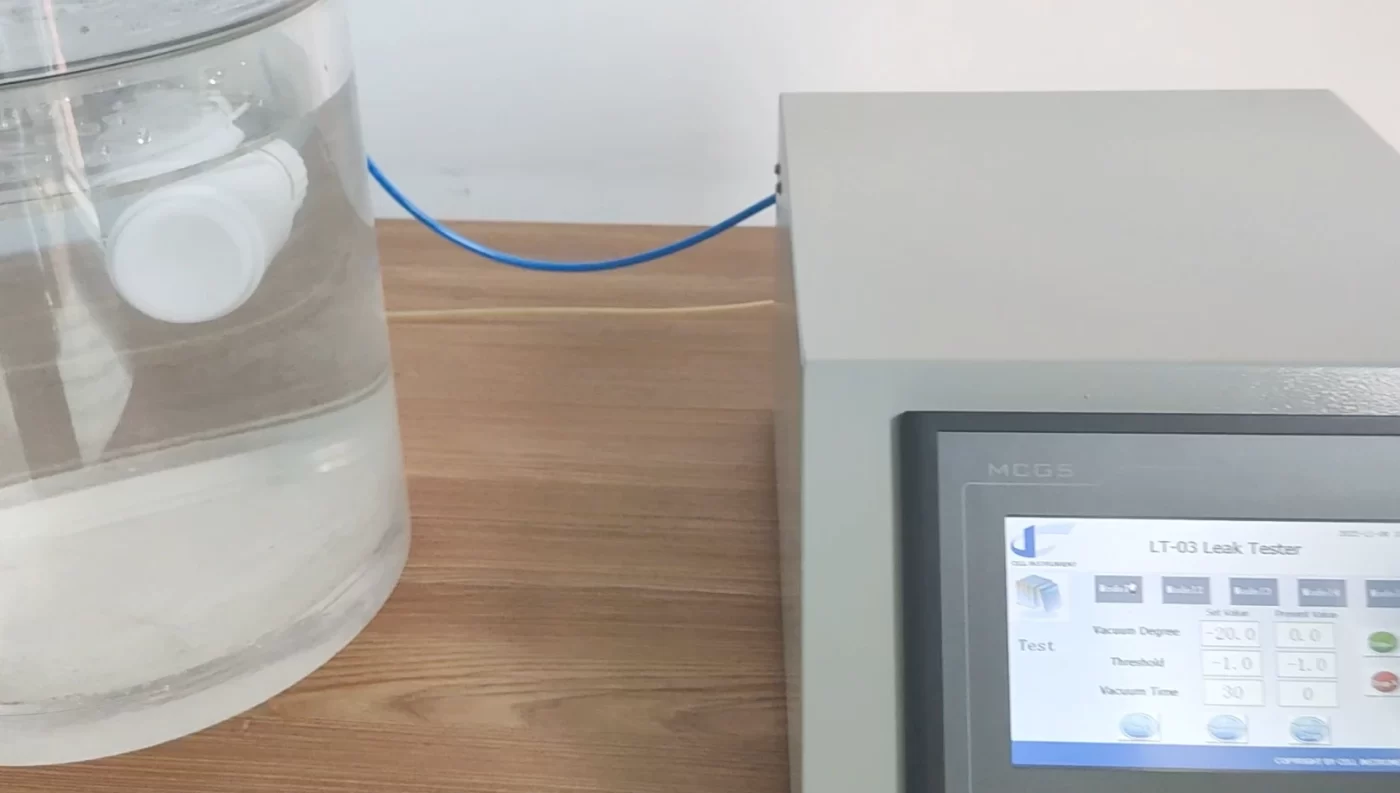LT-02 sandarumo testeris
The LT-02 sandarumo testeris yra didelio našumo automatinis vakuuminio bandymo sprendimas, specialiai sukurtas aptikti nuotėkius lanksčiose pakuotėse, ypač tais atvejais, kai yra viršutinės erdvės dujų. Ši įranga dažniausiai naudojama maisto, gėrimų, farmacijos ir kitose pramonės šakose, kur pakuočių patikimumas yra labai svarbus siekiant išlaikyti produkto kokybę.




